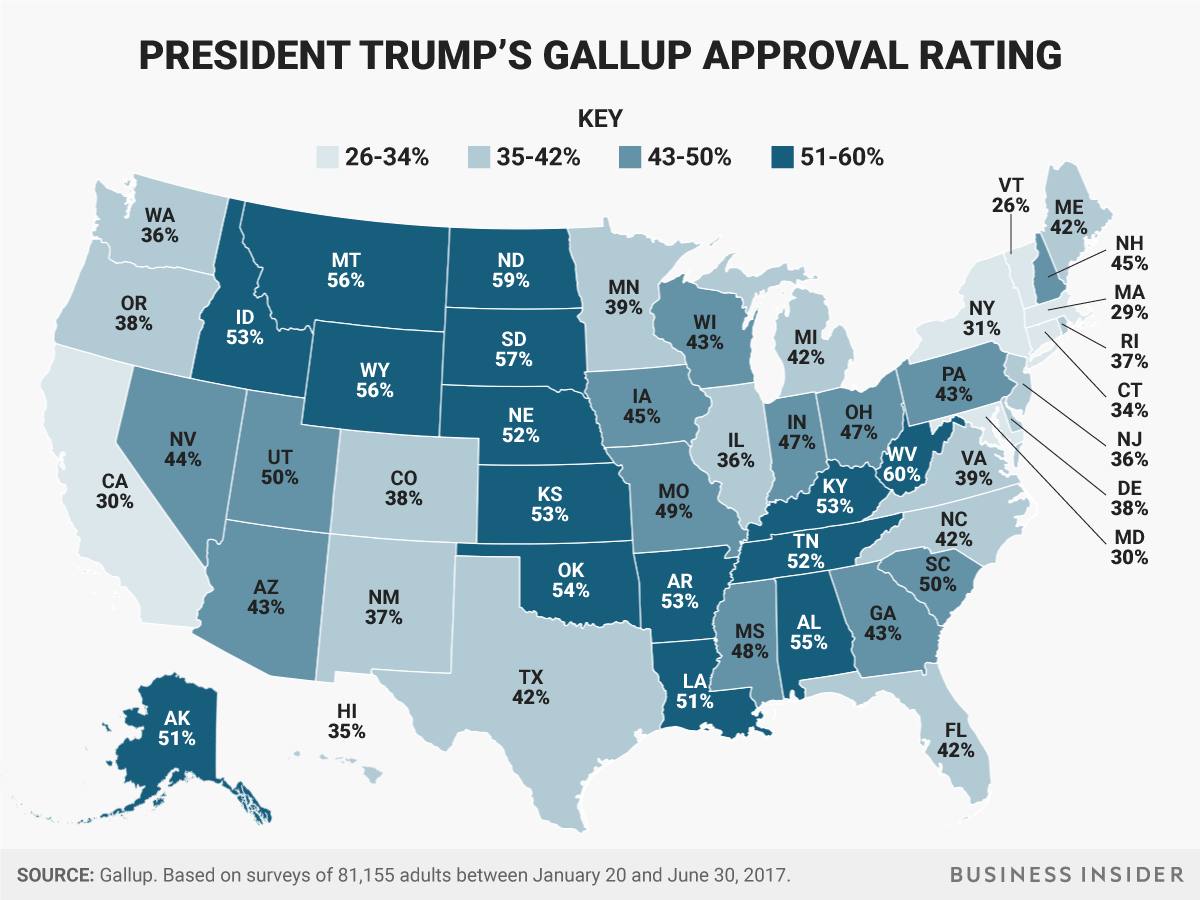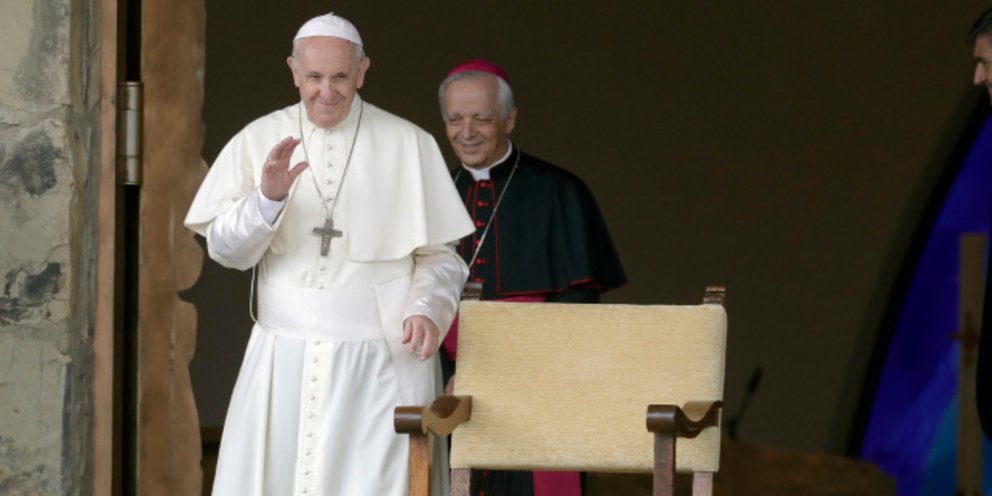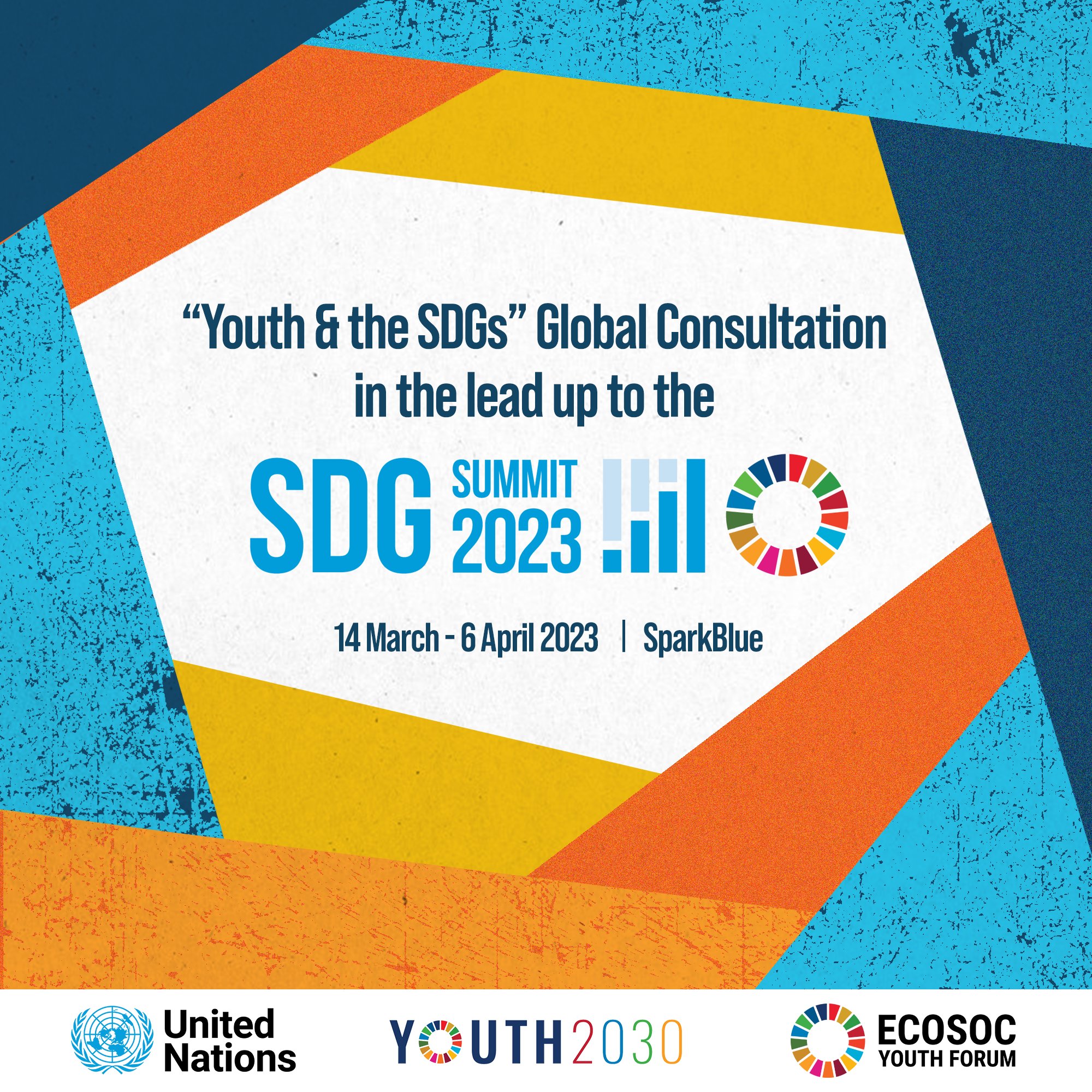Trump's Approval Rating Plunges: A Look At The First 100 Days

Table of Contents
Early Policy Decisions and Public Reaction
The initial policy decisions made by the Trump administration significantly impacted his approval rating. Two particularly controversial areas – the travel ban and healthcare reform – fueled public dissent and contributed to the negative trend.
The Travel Ban Controversy
The executive order imposing a travel ban on citizens from several Muslim-majority countries immediately sparked widespread protests and legal challenges. This action had a deeply polarizing effect on public opinion, significantly impacting Trump's approval rating.
- Negative impact on approval ratings amongst minority groups: Polls showed a dramatic drop in approval among minority groups who felt directly targeted by the ban. The perception of discrimination fueled opposition and further eroded support.
- Increased public protests and legal challenges: Massive protests erupted across the country, highlighting the deep public unease with the policy. The ensuing legal battles further intensified the controversy and kept the issue in the forefront of public discourse.
- Negative media coverage amplified the controversy: The vast majority of news outlets condemned the travel ban, providing extensive coverage of the protests, legal challenges, and negative public reaction. This negative media attention undoubtedly contributed to the decline in Trump's approval rating. The ensuing debate intensified the focus on Trump's approval rating, with many commentators tying the drop directly to the controversial policy.
Healthcare Reform Efforts
The Trump administration's early attempts to repeal and replace the Affordable Care Act (ACA) also met with significant public resistance. The lack of a clear, viable alternative fueled anxiety and uncertainty, negatively affecting Trump's approval rating.
- Lack of a clear alternative to the ACA: The absence of a concrete replacement plan left many Americans fearing the loss of healthcare coverage and benefits. This uncertainty contributed to public dissatisfaction and fueled opposition to the proposed changes.
- Public concern over healthcare access and affordability: Concerns about increased healthcare costs and reduced access to care resonated strongly with the public, leading to further erosion of support for the Trump administration's healthcare agenda. This concern over the cost of healthcare played a significant role in swaying public opinion and impacting Trump's approval rating.
- Negative impact on approval ratings amongst moderate voters: The healthcare debate further exacerbated political polarization, alienating many moderate voters who were uncomfortable with the proposed changes and the aggressive approach taken by the administration. The failure to pass a new healthcare bill directly impacted Trump's approval ratings with this key demographic.
Communication Style and Media Relations
Trump's communication style and his relationship with the media played a crucial role in shaping public perception and impacting his approval rating.
Tweets and Controversial Statements
Trump's frequent use of Twitter and his tendency to make controversial statements generated significant media attention, much of it negative. This constant stream of often inflammatory rhetoric further damaged his public image.
- Increased media scrutiny and negative coverage: Trump's provocative tweets and statements invited increased scrutiny from the media, leading to widespread negative coverage that amplified public concerns.
- Alienation of moderate and undecided voters: Many moderate and undecided voters found Trump's rhetoric off-putting and divisive, contributing to a decline in his approval rating among these key demographics.
- Impact on international relations and diplomatic efforts: Trump's controversial statements often created diplomatic tensions and undermined international relations, further impacting his overall approval rating. His foreign policy decisions, particularly his communication style, also affected how his approval ratings were perceived internationally.
Relationship with the Media
Trump's adversarial relationship with mainstream media outlets contributed to a climate of distrust and polarization. His frequent attacks on the press and accusations of "fake news" further eroded public confidence.
- Increased polarization between the media and the administration: Trump's constant attacks on the media created a highly polarized environment, making it difficult for many Americans to discern fact from opinion.
- Impact on trust in institutions: The ongoing conflict between the administration and the media damaged public trust in both institutions, contributing to a broader sense of uncertainty and dissatisfaction.
- Erosion of public faith in the government: The combination of policy controversies and the breakdown in trust between the media and the administration eroded public faith in the government's ability to effectively address the nation's challenges.
Economic Performance and Public Perception
While early economic indicators were relatively positive, this did not translate into a significant boost to Trump's approval rating. Public perception of the economy remained complex and nuanced.
Economic Indicators and Public Sentiment
During Trump's first 100 days, some positive economic indicators emerged, including job growth. However, these gains did not fully translate into increased approval, suggesting that other factors played a more significant role in shaping public opinion.
- Initial positive economic data, but limited impact on approval rating: Although there were positive economic signs, they did not significantly alter the trajectory of Trump's approval rating, indicating the dominance of other factors influencing public perception.
- Public skepticism regarding long-term economic prospects: Many Americans remained skeptical about the long-term sustainability of economic gains, leading to a cautious approach to assessing the administration's economic policies.
- Varying interpretations of economic data amongst different groups: Different segments of the population interpreted economic data differently, with some more optimistic than others, and this influenced their assessment of Trump's performance.
Conclusion
This analysis of Trump's approval rating during his first 100 days highlights the complex interplay of policy decisions, communication strategies, and economic performance in shaping public opinion. The significant drop in approval was driven by a confluence of factors, including controversial policy decisions like the travel ban and healthcare reform efforts, a combative relationship with the media, and lingering concerns about the long-term implications of his policies. Understanding these dynamics is crucial to comprehending the trajectory of his presidency and the challenges faced by any leader seeking to navigate the complexities of public opinion. For further insights into the fluctuating nature of Trump's Approval Rating, continue exploring credible sources of polling data and political analysis.

Featured Posts
-
 Bionse Uspekh Ili Proval Na Svetovnoto Turne
Apr 30, 2025
Bionse Uspekh Ili Proval Na Svetovnoto Turne
Apr 30, 2025 -
 Ntonalnt Tramp Stin Kideia Toy Papa Fragkiskoy Analysi Tis Paroysias Toy
Apr 30, 2025
Ntonalnt Tramp Stin Kideia Toy Papa Fragkiskoy Analysi Tis Paroysias Toy
Apr 30, 2025 -
 San Diego County Sheriffs Office Faces Lawsuit After Inmate Dies In Custody
Apr 30, 2025
San Diego County Sheriffs Office Faces Lawsuit After Inmate Dies In Custody
Apr 30, 2025 -
 Spd Navigates Coalition Negotiations Against Backdrop Of Youth Unrest In Germany
Apr 30, 2025
Spd Navigates Coalition Negotiations Against Backdrop Of Youth Unrest In Germany
Apr 30, 2025 -
 Essential Michael Jordan Fast Facts For Fans
Apr 30, 2025
Essential Michael Jordan Fast Facts For Fans
Apr 30, 2025
